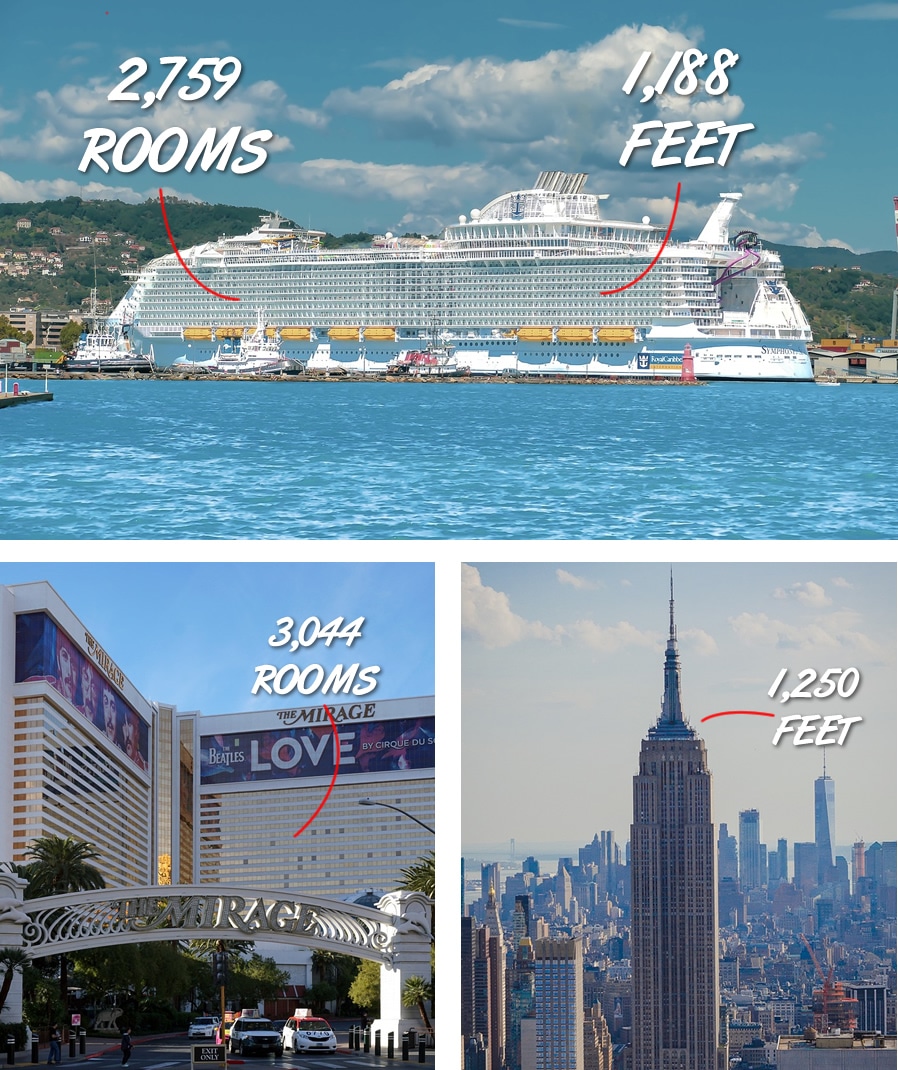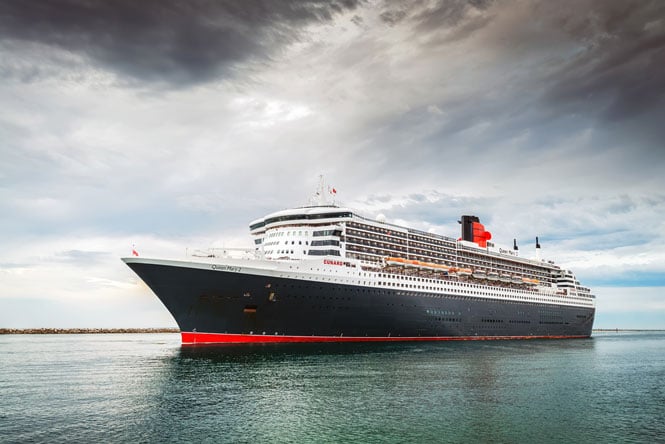Table Of Content

When it comes to the performance of a maritime behemoth, cruise ship design is a critical factor influencing various aspects like speed, fuel efficiency, and guest comfort. A cruise ship’s engineering encapsulates visual aesthetics and integrates advanced ship propulsion technologies, directly influencing sea navigation. Operating at optimal speed is a balancing act that accounts for economic considerations, safety, and the overall travel experience highlighted by luxurious cruise ship amenities.
What it's like to cross Antarctica's Weddell Sea
The Ultimate World Cruise offered by Royal Caribbean is a 274-night journey that visits all 7 continents, 65 countries, over 150 ports of call, and 11 World Wonders. Still, it’s one of my older brother’s first memories, from one of the first crossings of the United States, in 1952 (at least he thinks it was the United States). He’s four years old and standing on the fantail with our father and our sister, then two. Each kid is holding onto Dad with one hand and has a balloon in the other. My brother lets his go and watches it veer and bank like a swallow into the distance, skipping off the winds, and what amazes him is how long he can watch it fly.
How to spend 10 days exploring the Croatian islands
To learn more about what a knot is and how it relates to speed, check out our article explaining how fast a knot is. There can be many reasons why a cruise ship slows down, and it's not just to save fuel. Certainly fuel consumption can play a major role in determining what speed to travel at, but other conditions can dictate a slower speed. Not only do cruise ships rarely travel at their fastest speed, but they often go much slower. Their storied voyages continue to capture the imagination of those who yearn for the romance of the seas and the thrill of unmatched velocity. A fast wooden ship had a service speed of between 13 and 17 nautical miles per hour.

Do cruise ships travel at a constant speed?

These factors are carefully considered to ensure a smooth and safe voyage. It’s worth noting that cruise ship speeds are not comparable to those of speedboats or racing yachts. While these smaller vessels can reach high speeds of knots, cruise ships typically have a maximum speed of around knots. This slower speed is necessary to ensure stability and the comfort of passengers onboard, as excessive speed can lead to increased motion and discomfort.
The Significance of Knots in cruise ship travel
Most cruise ships operate at an average speed of knots, which is equivalent to approximately miles per hour. This speed allows for a balance between efficient travel and passenger comfort. It provides a relatively smooth and stable experience for those onboard despite the vessel traversing through different weather conditions and waves.
Fastest Cruise Ships
Whether you’re enjoying the amenities on board or exploring the ports of call, it’s the journey itself that makes cruising such a memorable experience. Additionally, distance to shore and potential hazards along the route can also impact the ship’s speed and itinerary. Overall, it’s important to consider all of these factors when planning a cruise to ensure a safe and enjoyable journey. As someone who’s been in the cruise industry for several years, I can tell you that understanding cruise ship speed basics is like setting sail on a calm sea – it’s essential to a smooth journey. When selecting a cruise based on speed, consider your preferences and priorities.
Top Speed of a Cruise Ship – How Fast?
For the most part, cruise ships would rarely sail at their maximum speed other than during sea trials. During a ship’s sea trials, the captain will usually test the ship’s maximum speed to ensure the ship meets performance specifications. The Queen Mary 2 is one of the fastest cruise ships, capable of reaching speeds up to 30 knots (34.5 mph or 55.5 km/h).
Fuel Efficiency and Economics
Modern cruise ships, recognized for their vast amenities and focus on passenger experience, commonly cruise at 20 to 23 knots. However, these vessels can push the envelope up to 30 knots in certain circumstances, amounting to nearly 35 mph on the open sea. This upper range is seldom utilized but demonstrates the potential power these ocean liners possess. So, while it’s fascinating to know that cruise ships can reach speeds of up to 30 knots, they typically sail at a comfortable pace of 20 knots to ensure a pleasant experience for all passengers. Longer cruises that involve crossing vast open seas tend to have higher average speeds. For example, transatlantic cruises, which cross the Atlantic Ocean, can reach speeds of knots.
Indian Missiles In South China Sea! Philippines To Receive BrahMos Missiles From Tomorrow – Source - EurAsian Times
Indian Missiles In South China Sea! Philippines To Receive BrahMos Missiles From Tomorrow – Source.
Posted: Thu, 18 Apr 2024 11:23:25 GMT [source]
However, this pales compared to the record-breaking SS United States, which reached a staggering cruise ship top speed of 38 knots or, better said, an incredible 44 miles per hour during its 1952 maiden voyage. Ocean liners tend to have greater traveling speed because they’re built with transportation in mind. Besides being designed for maximum speed, ocean liners also have a few other key differences. Instead, they stick to their cruising speed, which benefits fuel consumption and makes for a smoother ride.
We hope you enjoy our entire website and find information of interest for your future cruises. Azipods consist of a pitched propeller mounted within a steerable pod. Also, if the weather forecast predicts a major storm, the captain may decide to speed up to outrun the bad weather. Cruise ship captains earn an average annual salary of $54,541, with top earners making $79,500 per year.
Cruise ships use various propulsion systems, such as diesel-electric engines or gas turbines, to generate power and maintain their speed. These systems are designed to be efficient and reliable, ensuring that the ship can maintain a consistent speed throughout its journey. Our article on cruise ship stability provides an in-depth look at the relationship between propulsion systems and a ship’s overall stability. Additionally, it’s essential to understand the terminology used when discussing a ship’s speed.
Early arrival into port can come with extra fees that cruise lines are loath to incur, which usually means they prefer to take their time by slowing their speed. When you convert 1 knot to miles per hour, it works out to 1.15 standard miles per hour for every nautical mile per hour. So, although land-based miles per hour are just slightly faster than knots, for general purposes, it's a close comparison. For example, if your ship is sailing 20 knots, it's sailing roughly 23 mph.

No comments:
Post a Comment